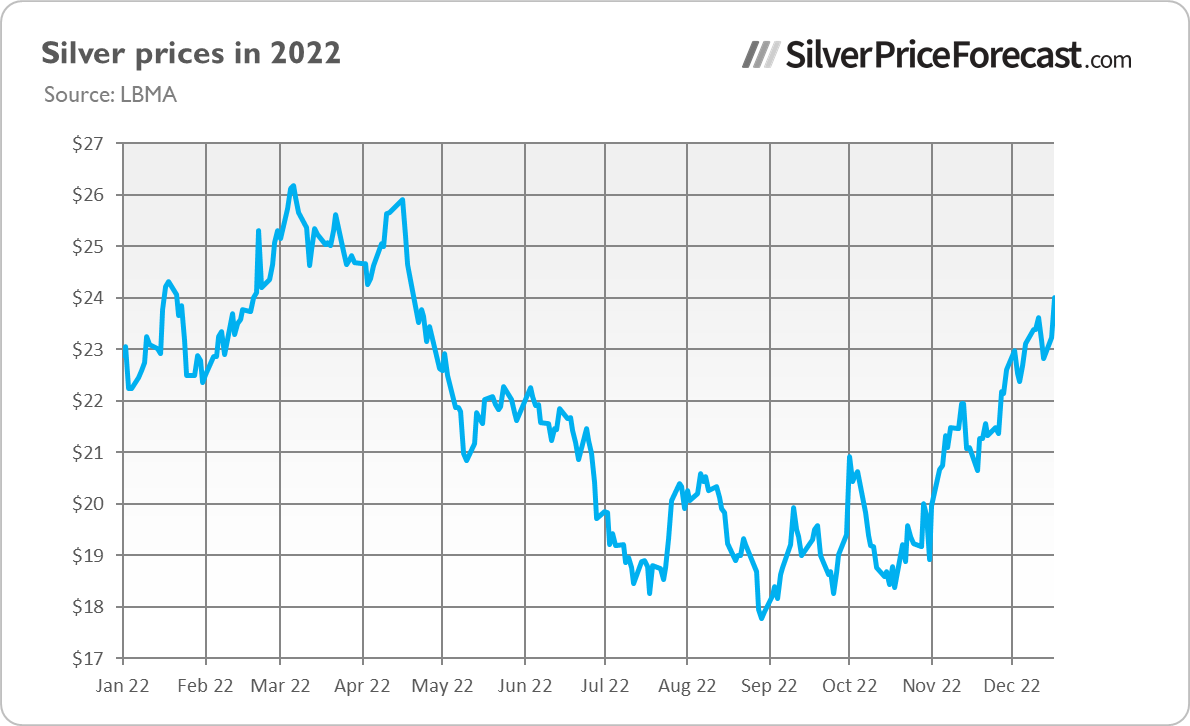Is the era of ultra-dovish monetary policy in Japan ending? Maybe, but the Bank of Japan remains cautious; it tightens without tightening.
The Bank of Japan surprised the markets on a hawkish side. No, it didn’t raise interest rates. Instead, it reviewed its yield curve control policy and widened the trading band for the 10-Year yield on the Japanese Treasuries.
To be more specific, the BoJ expanded the 25 basis point band around its 0% target into 50 basis points.
It means that the market’s long-term yields can move 50 basis points on either side of the target now. As a result, the 10-year yields on Japan’s government bonds jumped from the previous cap of 0.25% to 0.46%.
Governor Kuroda said that the change was introduced to improve bond market functioning, and it’s not an interest rate hike. But the net effect is the increase in the interest rates, just as the BoJ would hike them.
Nevertheless, officially, the BoJ remains very dovish. However, the shift could signal a slow unwind of the yield curve control and ultra-low interest rates.
Yen Surged, Dollar Declined
In reaction to the Bank of Japan’s surprising shift, the yen strengthened against its major peers by over 3%. As American-Japanese yield differentials improved modestly, the yen surged to a four-month peak against the dollar.
The USD/JPY declined from above 137 to about 131. Euro and pound sterling also slid significantly against the yen. The US stock market declined initially after the news from Japan but managed to rebound later. Gold jumped again above $1,800.
Implications for Silver
What do the BoJ’s last decisions imply for the silver market? Well, a stronger yen is fundamentally positive for precious metals. There is a positive correlation between yen and gold – and, thus, between yen and silver.
It makes sense that when the yen strengthens, the US dollar weakens, which supports the precious metals market. Indeed, the price of silver increased after the BoJ’s surprising tweak, as the chart below shows.
Compared to other major central banks, the Bank of Japan remained very dovish (although inflation reached 3.7% in October).
The recent change could signal the central bank’s dissatisfaction with the recent yen depreciation or the upcoming normalization of monetary policy in Japan. Either way, it should fundamentally support the yen and precious metals against the dollar.
Disclaimer: Please note that the above analysis aims to discuss the likely long-term impact of the featured phenomenon on the price of gold, and this analysis does not indicate (nor does it aim to do so) whether gold is likely to move higher or lower in the short- or medium term. In order to determine the latter, many additional factors need to be considered (i.e. sentiment, chart patterns, cycles, indicators, ratios, self-similar patterns and more) and we are taking them into account (and discussing the short- and medium-term outlook) in our Gold & Silver Trading Alerts.
